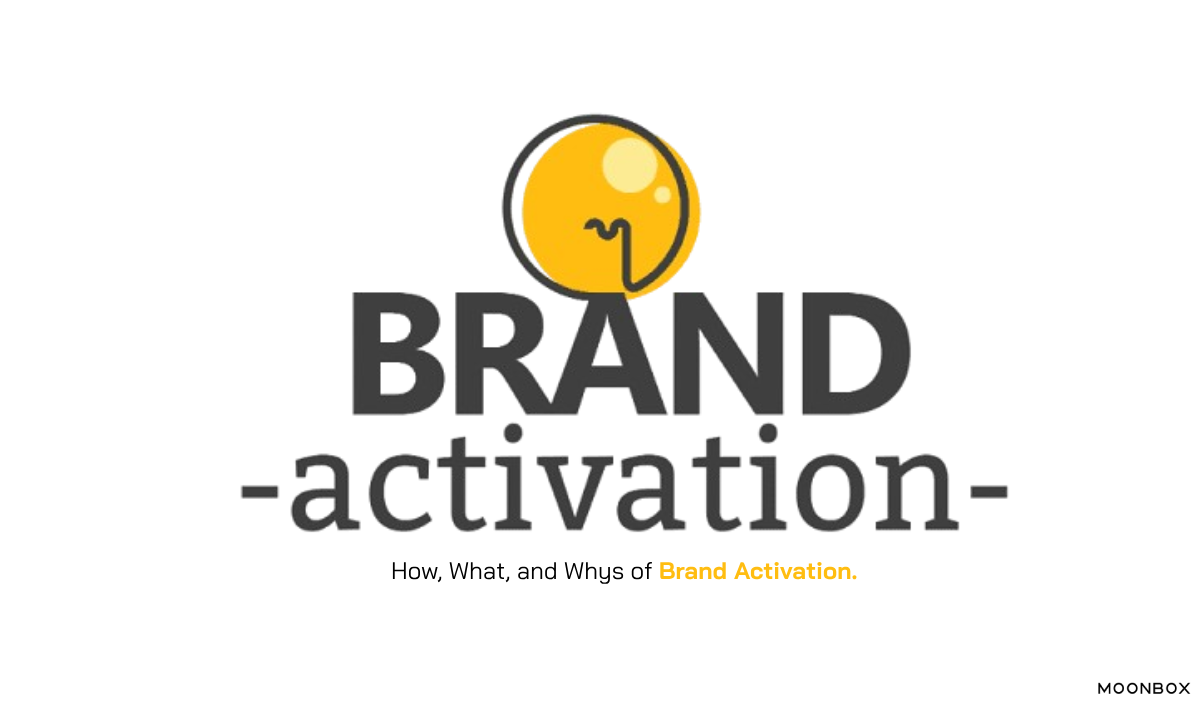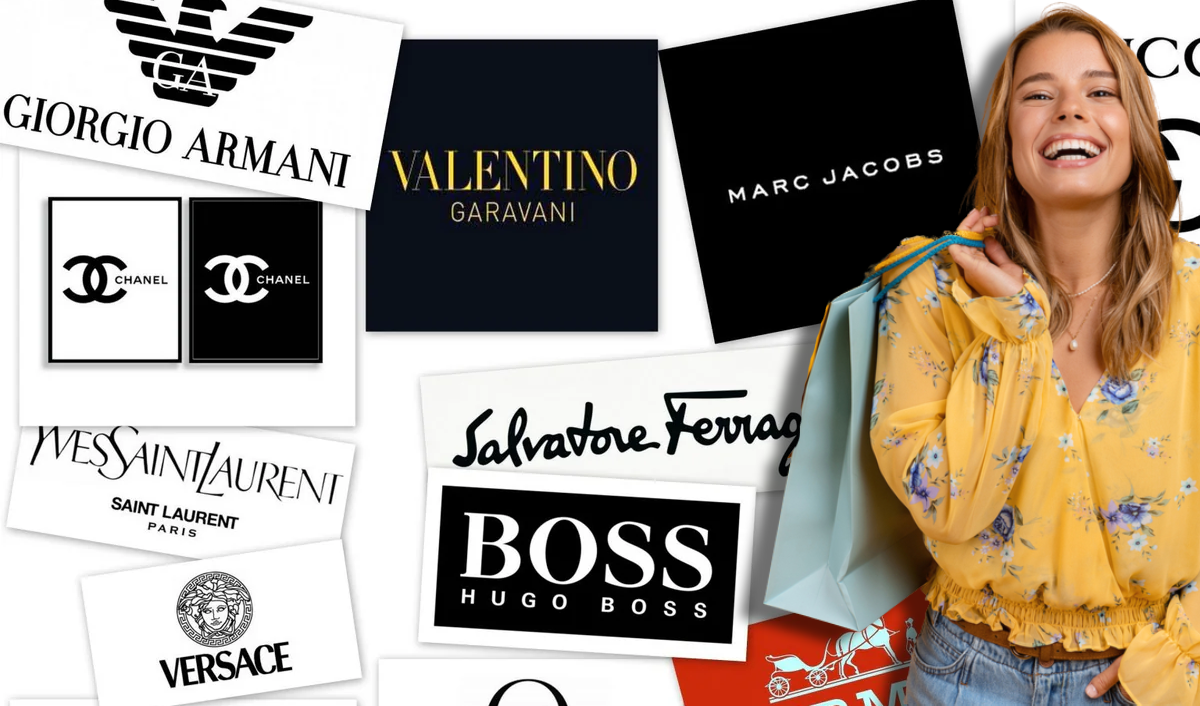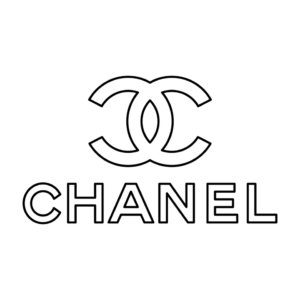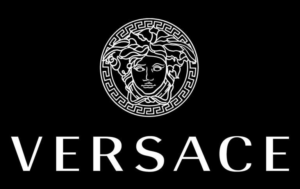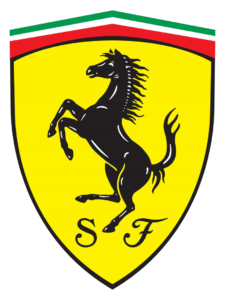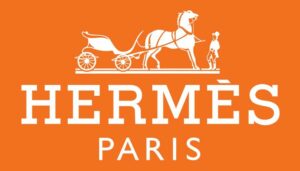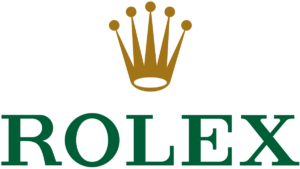Businesses need to have meaningful connections with their audience and should build loyalty and encourage engagement. To have products or services for your business is not enough in this competitive marketplace And that is where you need brand activation, the real buzz behind your brand’s success. It is one of the best strategies to make your brand memorable.
Understanding Brand Activation
With impactful and unique experiences brand activation brings your brand more live and closer to your audience. Creating memorable experiences and interactions enhances visibility and engagement and it also builds loyalty. Unlike traditional marketing campaigns, brand activation will focus more on leaving an impression by involving the customers in the brand narrative.
The objective is to create an emotional bond with audiences that turns them into brand evangelists, whether this is accomplished through an influencer collaboration, interactive digital campaign, or live event.
Importance of Brand Awareness
Brand awareness is the base of successful brand activation. When consumers trust and recognize your brand, then they will have a preference for your product or service compared to others. Awareness influences customer decisions, creates new customers, and loyalty eventually drives profitability.
A successful activation campaign not only increases awareness but also makes a brand memorable while positioning it in the minds of consumers as the leader.
Goals of Brand Activation
There are several key objectives when it comes to brand activation:
- Recognition Enhancement: Highlights your brand in the minds of customers and makes you stand out in this crowded marketplace.
- Creating Memorable Experiences: Leaving a memorable impression with interactive and engaging campaigns.
- Building awareness and credibility, an activation campaign can also build a large-scale sale, generating revenue with strong ROI.
A well-executed brand activation strategy aligns with the brand’s values and speaks directly to its target audience, ensuring long-term success.
Drive Sales and Revenue
The best measure of any kind of marketing strategy would be its impact on the bottom line.
Brand activation achieves this by:
- Building Trust: Engaging experiences foster credibility, encouraging customers to invest in your brand. With engaging experiences and credibility, the brand encourages customers to invest in them.
- Encouraging Word-of-mouth Marketing: With happy customers, brands get to increase their reach as the customers share their experiences.
- Boosting Repeat Purchases: Loyal customers are more likely to return and recommend your brand.
Brand activation not only drives initial sales but also nurtures long-term customer relationships that sustain growth.
Fostering Customer Engagement
Brand activation is centered on customer involvement. Customers are more likely to become devoted brand ambassadors when they have an emotional connection to the company. Engaging campaigns:
- Encourage Interaction: By involving customers in creative activities, brands deepen their connection.
- Build Advocacy: Happy, engaged customers promote the brand organically.
- Enhance Visibility: The more customers interact with a brand, the more likely they will be visible across different platforms.
For example, a brand that hosts an interactive event or launches a creative digital challenge is not just showcasing its products—it’s building a community.
Types of Brand Activation
Brand activation comes in various forms, each offering unique opportunities for engagement:
- In-Store Activations: Hosting product demos or offering exclusive deals at physical stores can create immediate connections.
- Event-Based Campaigns: Trade shows, pop-ups, and launch parties allow customers to experience the brand firsthand.
- Influencer Marketing: Partnering with influencers enables brands to reach wider audiences and build credibility.
- Digital Strategies: Interactive campaigns on social media, gamification, and virtual experiences engage tech-savvy audiences effectively.
Each type of activation should be tailored to align with your brand’s goals and audience preferences.
Developing an Activation Strategy
A successful brand activation strategy begins with understanding your target audience.To make one, follow these steps:
- Identify Your Audience: Recognize their values, habits, and preferences.
- Establish Specific Goals: Clarity is essential, whether the goal is to boost engagement, revenue, or the launch of a new product.
- Develop Captivating Campaigns: Put an emphasis on memorable and engaging experiences.
- Analyze the outcomes: To monitor campaign success and improve your approach for subsequent ones, use analytics.
There is no one-size-fits-all strategy for brand activation. Customize your campaigns to fulfill particular business objectives and represent your brand identity.
Tips for Efficient Brand Activation
- Know your audience. Campaign messaging is created in consideration of demographics, preferences, and behaviors among your target audience.
- Determine SMART goals: Accountability and focus are ensured by time-bound, relevant, measurable, specific, and achievable goals.
- Leverage Technology: Use technologies like augmented reality, interactive social media platforms, and gamification to engage people more.
- Remain True to Yourself: Being true to yourself fosters trust and guarantees that your advertising reflects your brand’s ideals.
- Encourage involvement: Provide chances for clients to participate actively, such as live events or sweepstakes.
Conclusion
One creative and revolutionary way for companies to differentiate themselves from the competition and boost engagement and brand loyalty is through brand activation. A brand may engage with its audience, increase income, and improve exposure by creating meaningful and memorable experiences.
Brand activation has now become a business necessity as the market today is so competitive that brand activation has become more than just a choice.
FAQs
What is brand activation?
Brand activation creates impactful experiences that enhance brand visibility, engagement, and loyalty by connecting customers with the brand.
Why is brand activation important?
Fostering memorable interactions helps businesses stand out, draw in new clients, and establish enduring partnerships.
What are examples of brand activation?
Examples include in-store demos, pop-up events, influencer campaigns, and digital challenges.
How do I develop a brand activation strategy?
With a clear understanding of your audience, setting objectives, and crafting engaging campaigns while measuring their success.
Who can benefit from brand activation?
Businesses that are looking to enhance their brand visibility, and loyalty and make revenue will benefit from a brand activation strategy.
